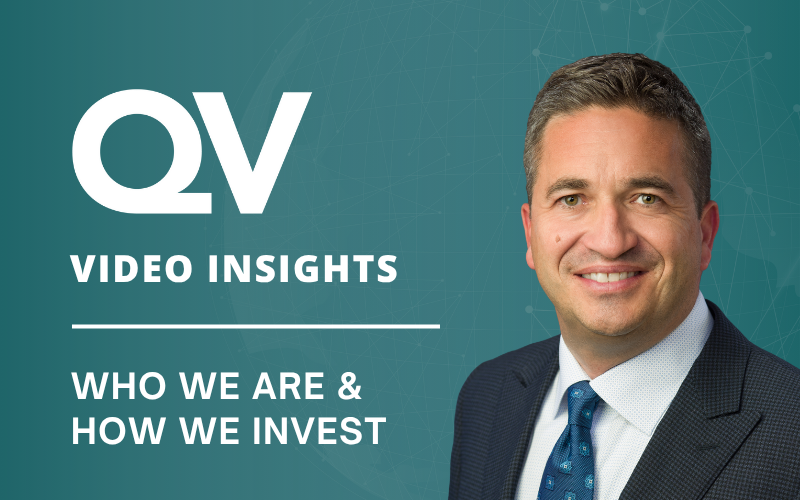Pooling your capital with many investors is a cost-effective way to invest because it reduces administrative expenses. On the other hand, pooled funds have tax rules that can be confusing, especially relating to periodic distributions.
WHY DO OUR FUNDS HAVE DISTRIBUTIONS?
Our pooled funds have distributions for one reason: taxes.
In Canada, income is taxed at progressively higher rates such that everyone has their own unique tax rates based on their income. Our pooled funds, however, are taxed at the highest personal marginal tax rate. We therefore flow all taxable income and gains from our funds into the hands of our clients where it is taxed at their, often, lower rate.
The bottom line is that pooled fund distributions help to minimize the tax you pay.
WHAT IS INCLUDED IN THE DISTRIBUTIONS?
Our pooled funds distribute investment income plus any gains realized on the sale of securities:
Income – most of the securities we own pay regular income, such as dividends from stocks and interest from bonds. We distribute investment income every quarter on March 31st, June 30th, September 30th and December 31st. Investment management fees are deducted from quarterly income if you own a fee-paying class of funds.
Gains – we sell securities that have appreciated beyond our estimate of fair price or because we have more attractive investment opportunities. Realized gains (or losses) are generated whenever we sell a security based on the difference between its sale price and cost value. If the net result from all security sales in a fund are positive for the year, they are distributed on December 31st.
HOW COME I DON’T SEE DISTRIBUTIONS GOING INTO MY BANK ACCOUNT?
Most of our clients elect the default for automatic re-investment, which uses each distribution to purchase more fund units. This is our recommended approach.
DISTRIBUTIONS ARE NOT ADDITIONAL RETURNS
Fund distributions occur because money was made in the past, either from dividends/interest or profits from selling securities. Because distributions are not additional investment returns, there is no reason to be excited about an upcoming distribution, even if you have elected to have it deposited into your bank account. Every dollar distributed to your bank account reduces the value of your QV investment account by a dollar.
Here is a hypothetical example to help illustrate the effect of a fund distribution:
- At year-end, immediately before a distribution, Jane owns 1,000 units of a fund that are worth $11.00 each, for a total of $11,000
- The fund then distributes $1.00 of income per unit, for a total of $1,000 (this will be reported on Jane’s T3)
- The $1,000 is used to purchase an additional 100 fund units at the new unit price of $10.00
- Jane now owns 1,100 units of the fund which are now each worth $10.00. The value of Jane’s account is unchanged at $11,000

Had Jane chose to have the distribution paid to her bank account, the number of units would have remained unchanged at 1,000, and the market value of her investment would have dropped to $10,000.
BOOK COST IS WRITTEN UP BY THE VALUE OF RE-INVESTED DISTRIBUTIONS
The book cost of your investment is written up by any re-invested distributions. Book cost is provided in your QV reports to help you estimate the realized gains if you sell your fund units.
In the example above, let’s suppose that Jane purchased the fund at a price of $9 per unit, for a total of $9,000. The book cost of Jane’s investment is increased by the amount of the distribution ($1,000), to $10,000.
Book cost should not be compared to market value for the purpose of calculating the profit on your investment. Profit is determined by comparing market value to net cash flows, which is shown in your quarterly statement from QV.
DISTRIBUTIONS ARE REPORTED ON TAX SLIPS
Income and capital gains distributions from our funds into taxable accounts are reported on a T3. Tax slips are distributed by our custodian, RBC Investor and Treasury Services, in March of the following year.
If you invest in a fee-paying class of our funds, you cannot deduct fund expenses on your tax return. Doing so would amount to a double deduction since income was already reported net of fees paid.
If you invest in our no-fee fund class F, your invoices are tax deductible.




